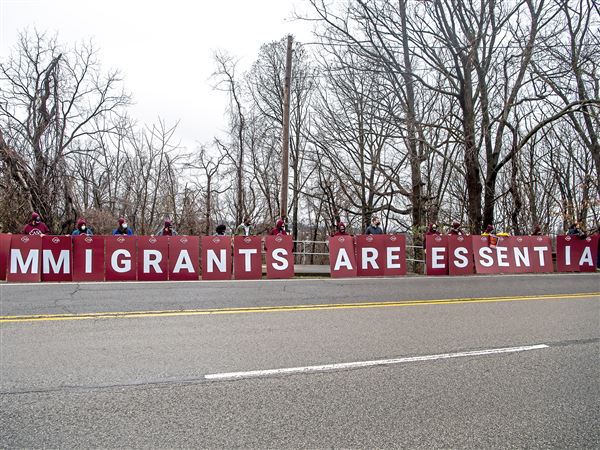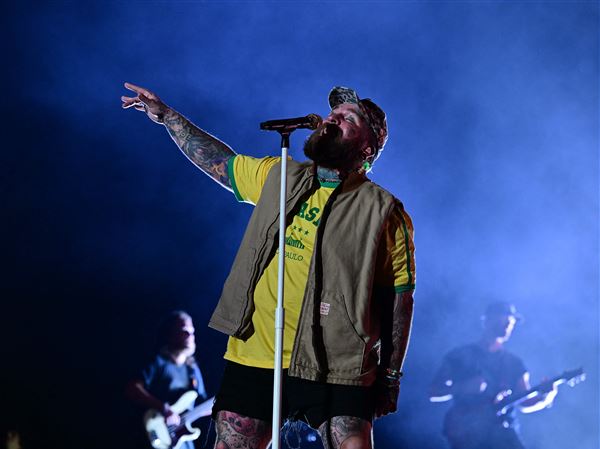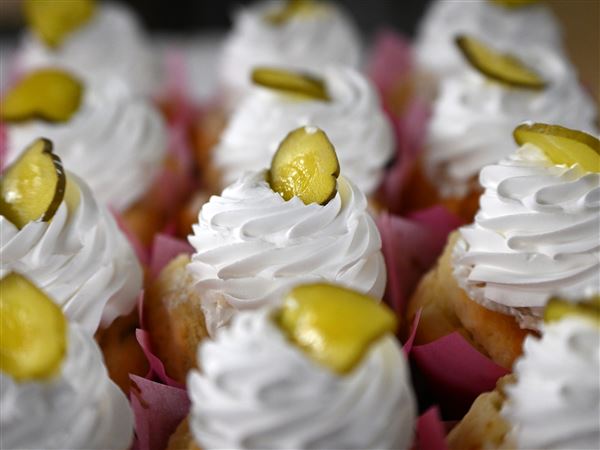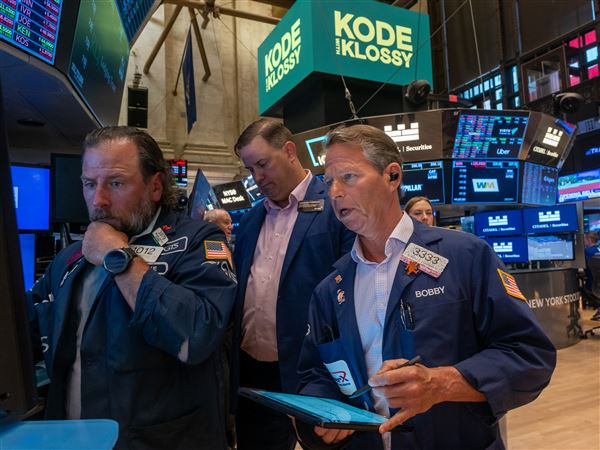NEW YORK -- Some designers reach a point in their career when it becomes easier to stagnate rather than innovate.
By many measures, they have arrived. They have a distinct point of view, produce strong collections each season, sell a lot of product and have won some significant awards. They're open to trying new colors and prints, tweak the trends just right for their clientele, perhaps even experiment with a different cut or silhouette here and there.
The problem is, their wide popularity and undeniable technical skill fail to hide the fact that they're basically uninspired, bereft of any fresh and exciting ideas.
To her credit, Carolina Herrera, who is celebrating her 25th year in design, resists becoming one of those designers. Just when it seemed her signature looks -- perfectly tailored dresses and glamorous ballskirts with pretty little tops -- were becoming hopelessly cliched and predictable, she charted new waters for this spring and again, based on yesterday's show, for next fall and winter.
Herrera hasn't forsaken the jet-setters and socialites who clamor for her sophisticated, easy elegance. She has just taken them on a trip to the countryside, away from the cacophony of the city. It's not the countryside of cows and cornfields, but the land of cricket matches and fox chases -- still refined, elegant and opulent.
How Herrera translated her vision was in bird prints, embroidered tweeds, organza overlays and pleated chiffons juxtaposed against blue silk cashmere, rust jersey and toasty fur pieces. Robin Hood-style fedoras with super-long feathers and leather riding gloves lent a feeling of authenticity, pulling ensembles together for the perfect picture of the wealthy at play in the country on a chilly autumn day.
Perhaps best of all, pieces were easily interchangeable for a variety of avant-garde looks. There was a windowpane wool coat with matching riding pants and a licorice-colored swakara coat and matching felt fedora; a brown tweed silver-embroidered vest with a long wing-print chiffon skirt; an orange, ivory and black plaid with matching riding pants worn with a licorice duchess satin vest, a black felt fedora and a textured chiffon blouse in an eye-popping chartreuse-mustard hybrid color she dubbed "lemon drop."
Herrera continues to step up her game and is likely to win some new fans with such splendid fall offerings.
There are a few extraordinarily chic women in every era who take the current fashion trends and tweak them in a quirky, unique way that transcends the routine. They know how to make the good great and the great, magnificent. It is for these fashionably intrepid women that Som designed his fall collection. Borrowing styles from the early '60s and taking inspiration from photographer Diane Arbus' unforgettable images of Americana, he translated the looks to color and creatively mixed patterns and textures for an updated modernism. These clothes are classic with a contemporary bent, such as the voluminous plaid wide-leg "slouch" pants in a tantalizing array of color combinations and frothy, featherweight party dresses stitched from colorful layers of organza and tulle.
In many ways she is the grand dame of American fashion, and she consistently sets the bar high in womenswear design. She raised it again for fall with a grand vision, delivering a seamless collection for the globetrotting femme fatale. The fashion journey began in Berlin with tailored and layered borrowed-from-the-boy styles, which has become a steady theme in recent designer collections. But she morphed the look in Shanghai with Asian florals and vivid colors and added a new influence in New York with glimmering metallics, electrifying prints and Art Deco-inspired eveningwear. The concept could have devolved into dreck, but von Furstenberg had enough restraint to execute her ideas with laserlike precision. She remains fond of bold and pretty prints, which she used liberally in a georgette dress under a camelhair coat, a georgette shirtdress with a midnight velvet down jacket, a seductive silk jersey gown and matching slipdress with lace. There also were a number of stunning one-of-a-kind pieces such as a black feather flapper dress, a come-hither copper liquid jersey wrap gown and a gold-and-black satin jacquard cocktail coat with a chainmail sweater and black satin tuxedo pants.
There's one thing you can always count on when Reese introduces a new collection: a crop of coats rich in colorful and unpredictable prints, all cut, proportioned and tailored to a T. She didn't disappoint Sunday, sending out such sartorial delights as a crinkly raven black trench, vibrant warped-abstract raglan topcoats, a sumptuous brown cut-velvet coat and a lovely paisley scarf jacquard raglan style. The rest of the line suffered no lack of attention as Reese broke new ground by giving a goddess-in-repose flavor to her nouveau-vintage aesthetic. The results were impressive, from an embellished toga in storm blue to a black-trimmed tweed evening dress in oatmeal with an empire waist and beaded neckline.
It was amusing to see women in their 50s and older leave the show smiling and shaking their heads in seemingly disbelief. The smiles, one said, was because they remembered wearing many of the styles just presented on the runway. The shakes of the head, she confessed, were for the same reason. The brand's fall collection gave fashionistas young and young at heart much to smile about. With a wink and a nod to the '70s, the brand sent out shaggy fringed boots, long vests and coats and a variety of billowy Stevie Nicks-ish dresses. Clothes were tough and edgy without being hard, young and fun against a backdrop of fluorescent flowers on the runway and four old-fashioned vans at stage entrance.
First Published: February 5, 2008, 10:00 a.m.
















